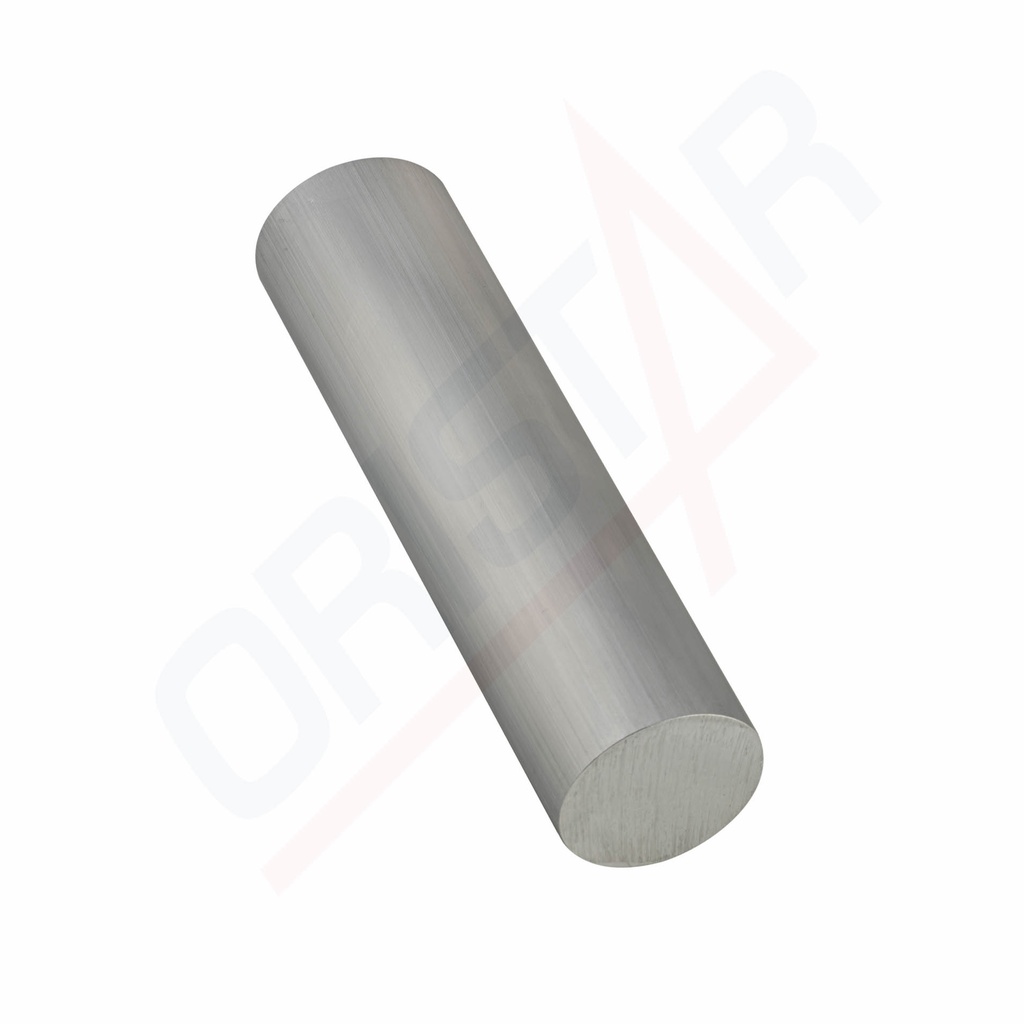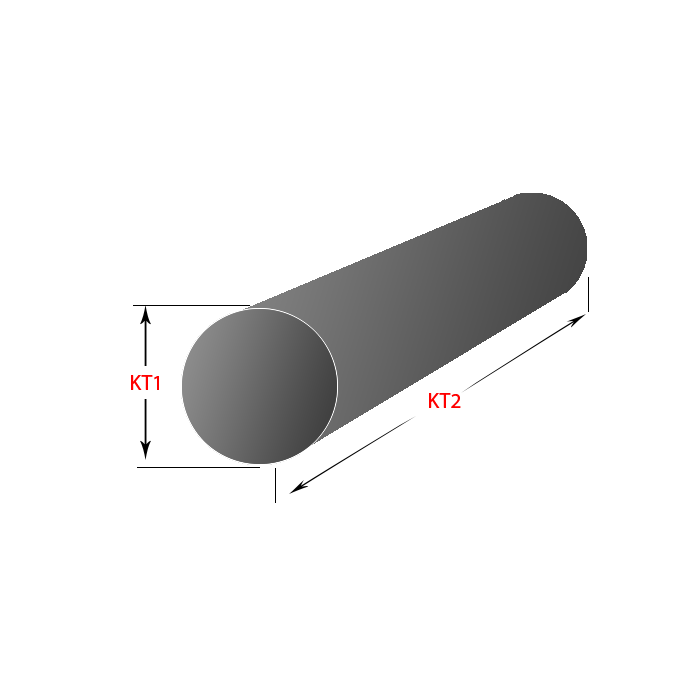THÔNG TIN CƠ BẢN
AISI 316L Stainless Steel is a type of stainless steel from the 316L grade, known for its high corrosion resistance, particularly in marine and chemical environments. This steel is commonly used in applications requiring excellent corrosion resistance and heat resistance.
Key Characteristics of AISI 316L Stainless Steel:
- Chemical Composition:
- Chromium (Cr): 16-18%, providing corrosion resistance and luster.
- Nickel (Ni): 10-14%, improving ductility and heat resistance.
- Molybdenum (Mo): 2-3%, enhancing corrosion resistance, especially in chloride environments.
- Carbon (C): Up to 0.03%, maintaining excellent corrosion resistance.
- Manganese (Mn): 2%, supporting the steel structure.
- Silicon (Si): 1%, improving corrosion resistance and machinability.
- Physical Properties:
- Corrosion Resistance: Excellent in various environments, including marine, chemical, and high humidity environments.
- Strength and Hardness: Enhanced compared to other stainless steels, due to the addition of Molybdenum.
- Ductility: Easily machinable, bendable, and weldable while maintaining good mechanical properties.
- Applications:
- Chemical Industry: Used in chemical processing equipment due to its chemical corrosion resistance.
- Food and Pharmaceutical Industry: Suitable for food processing and pharmaceutical manufacturing equipment due to its corrosion resistance and ease of cleaning.
- Construction: Used for building components requiring high corrosion resistance such as stair rails, doors, and window frames.
- Aerospace and Space Industry: Utilized in components subjected to high temperatures and harsh environments.
- Form and Size:
- AISI 316L is typically available in sheets, bars, tubes, and wires, with sizes and shapes tailored to specific application requirements.
Manufacturing and Processing:
- Production Process: AISI 316L is produced through steelmaking and hot or cold rolling processes, depending on the application requirements.
- Machining: Can be easily machined using mechanical methods such as cutting, drilling, welding, and bending, while maintaining a good surface finish and corrosion resistance.
(Source: Internet)
Key Characteristics of AISI 316L Stainless Steel:
- Chemical Composition:
- Chromium (Cr): 16-18%, providing corrosion resistance and luster.
- Nickel (Ni): 10-14%, improving ductility and heat resistance.
- Molybdenum (Mo): 2-3%, enhancing corrosion resistance, especially in chloride environments.
- Carbon (C): Up to 0.03%, maintaining excellent corrosion resistance.
- Manganese (Mn): 2%, supporting the steel structure.
- Silicon (Si): 1%, improving corrosion resistance and machinability.
- Physical Properties:
- Corrosion Resistance: Excellent in various environments, including marine, chemical, and high humidity environments.
- Strength and Hardness: Enhanced compared to other stainless steels, due to the addition of Molybdenum.
- Ductility: Easily machinable, bendable, and weldable while maintaining good mechanical properties.
- Applications:
- Chemical Industry: Used in chemical processing equipment due to its chemical corrosion resistance.
- Food and Pharmaceutical Industry: Suitable for food processing and pharmaceutical manufacturing equipment due to its corrosion resistance and ease of cleaning.
- Construction: Used for building components requiring high corrosion resistance such as stair rails, doors, and window frames.
- Aerospace and Space Industry: Utilized in components subjected to high temperatures and harsh environments.
- Form and Size:
- AISI 316L is typically available in sheets, bars, tubes, and wires, with sizes and shapes tailored to specific application requirements.
Manufacturing and Processing:
- Production Process: AISI 316L is produced through steelmaking and hot or cold rolling processes, depending on the application requirements.
- Machining: Can be easily machined using mechanical methods such as cutting, drilling, welding, and bending, while maintaining a good surface finish and corrosion resistance.
(Source: Internet)



